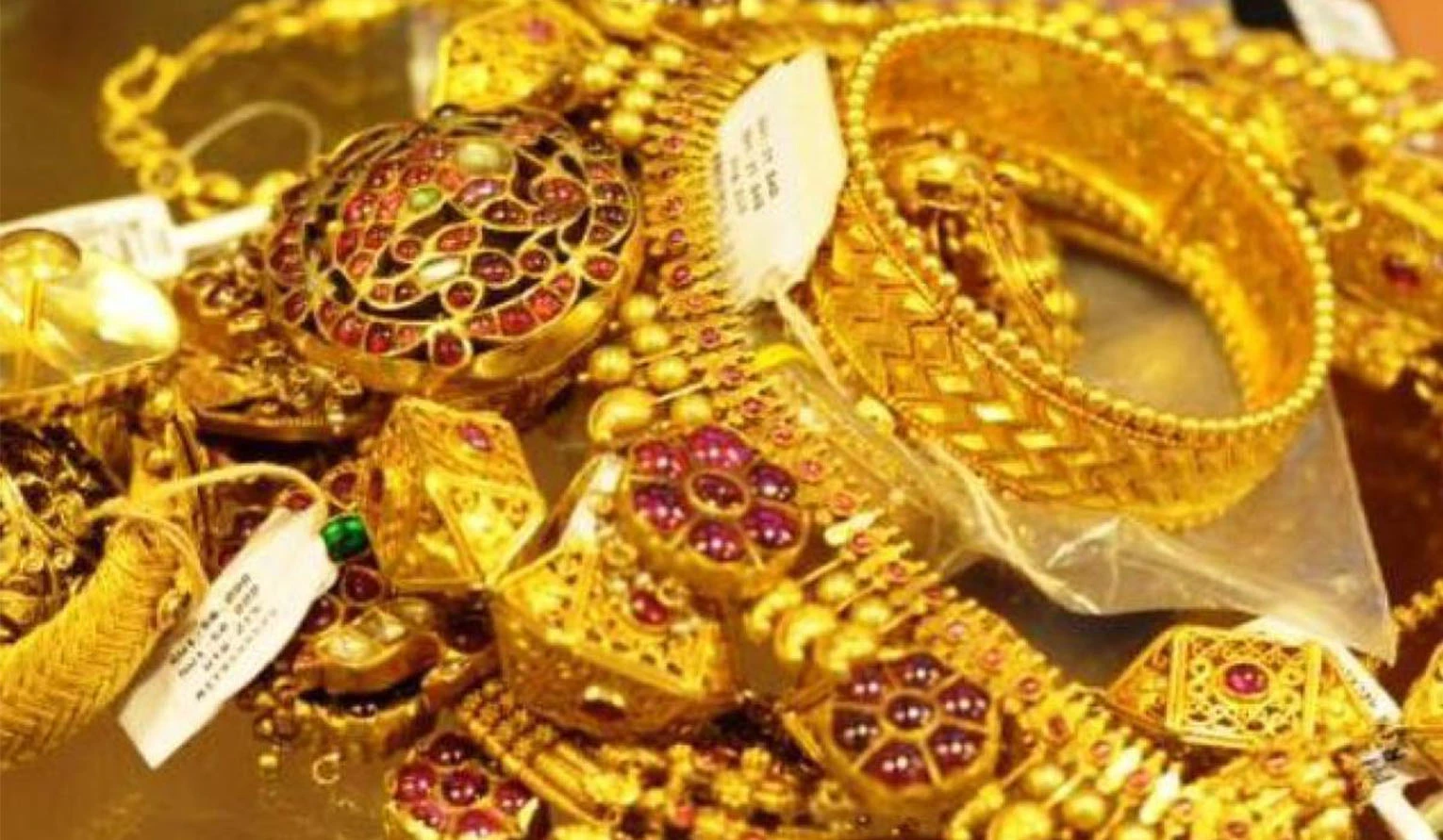
Diamonds have captivated us for centuries, admired for their beauty and enduring symbol of love and commitment. But before they grace your finger, diamonds travel a long and complex path. Let’s delve into the fascinating world of the diamond industry, exploring its journey from mine to masterpiece.
Unearthing a Gem:
The journey begins deep within the Earth, where diamonds form under extreme pressure and heat over millions of years. Large-scale mining operations use sophisticated machinery to extract diamond-bearing rock. Artisanal miners, on the other hand, employ simpler techniques like panning for diamonds in alluvial deposits.
Sorting and Valuing:
Once extracted, the rough diamonds are meticulously sorted and valued. Experts categorize them based on various factors like size, shape, color, clarity, and cuttability. These factors significantly influence a diamond’s value.
The Cutting and Polishing Process:
Rough diamonds are then shipped to cutting centers like Antwerp, India, or New York. Here, skilled artisans transform the rough stones into the sparkling gems we know. The cutting process involves maximizing a diamond’s brilliance and fire by precisely removing facets lab grown diamonds, following specific angles to enhance its beauty.
Trading and Distribution:
Polished diamonds are then sold through a network of traders and wholesalers. Historically, companies like De Beers Group held significant control over the diamond trade. However, the market has become more decentralized in recent times.
Manufacturing and Retail:
Jewelry manufacturers purchase loose diamonds and set them in exquisite pieces. These creations are then sold to retailers, both traditional brick-and-mortar stores and online platforms. Finally, a diamond reaches its ultimate destination – the wearer, symbolizing a cherished occasion or a timeless expression of love.
Beyond the Bling: Industrial Diamonds
It’s important to note that not all diamonds are destined for jewelry. Roughly 70% of mined diamonds are classified as industrial diamonds due to their unmatched hardness. These diamonds play a vital role in various industrial applications, including cutting, drilling, grinding, and polishing.
The Ethical Diamond Trade
In recent years, concerns about the environmental and social impact of diamond mining have gained traction. Consumers are increasingly interested in ethically sourced diamonds, ensuring responsible mining practices and fair labor conditions. Several certification schemes have been established to address these concerns, providing consumers with peace of mind.
The cómo funciona la industria del diamante is a complex and multifaceted one. From the depths of the earth to the sparkle on your finger, diamonds undertake an extraordinary journey. Understanding this process allows you to appreciate the craftsmanship and value behind these precious gems.



